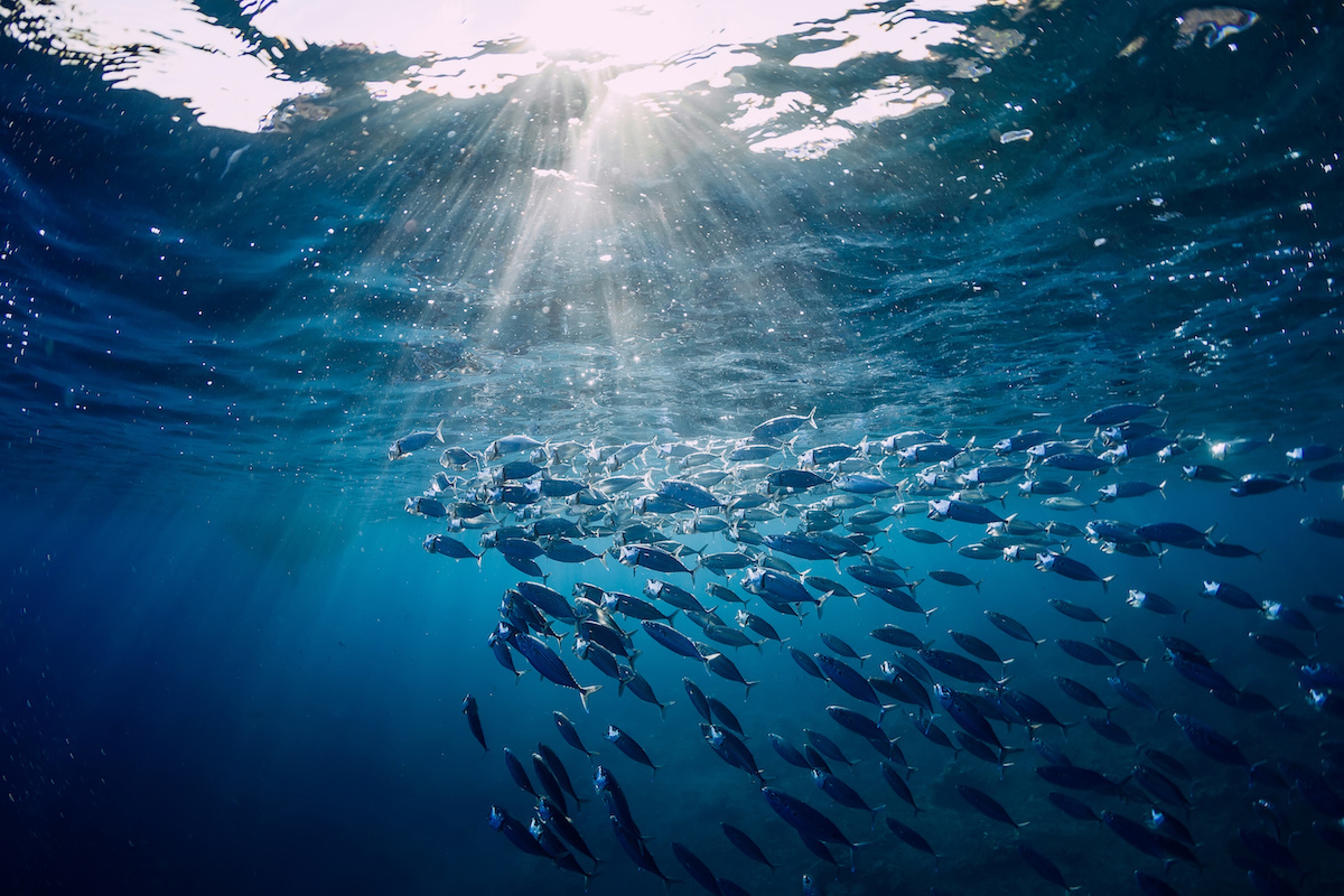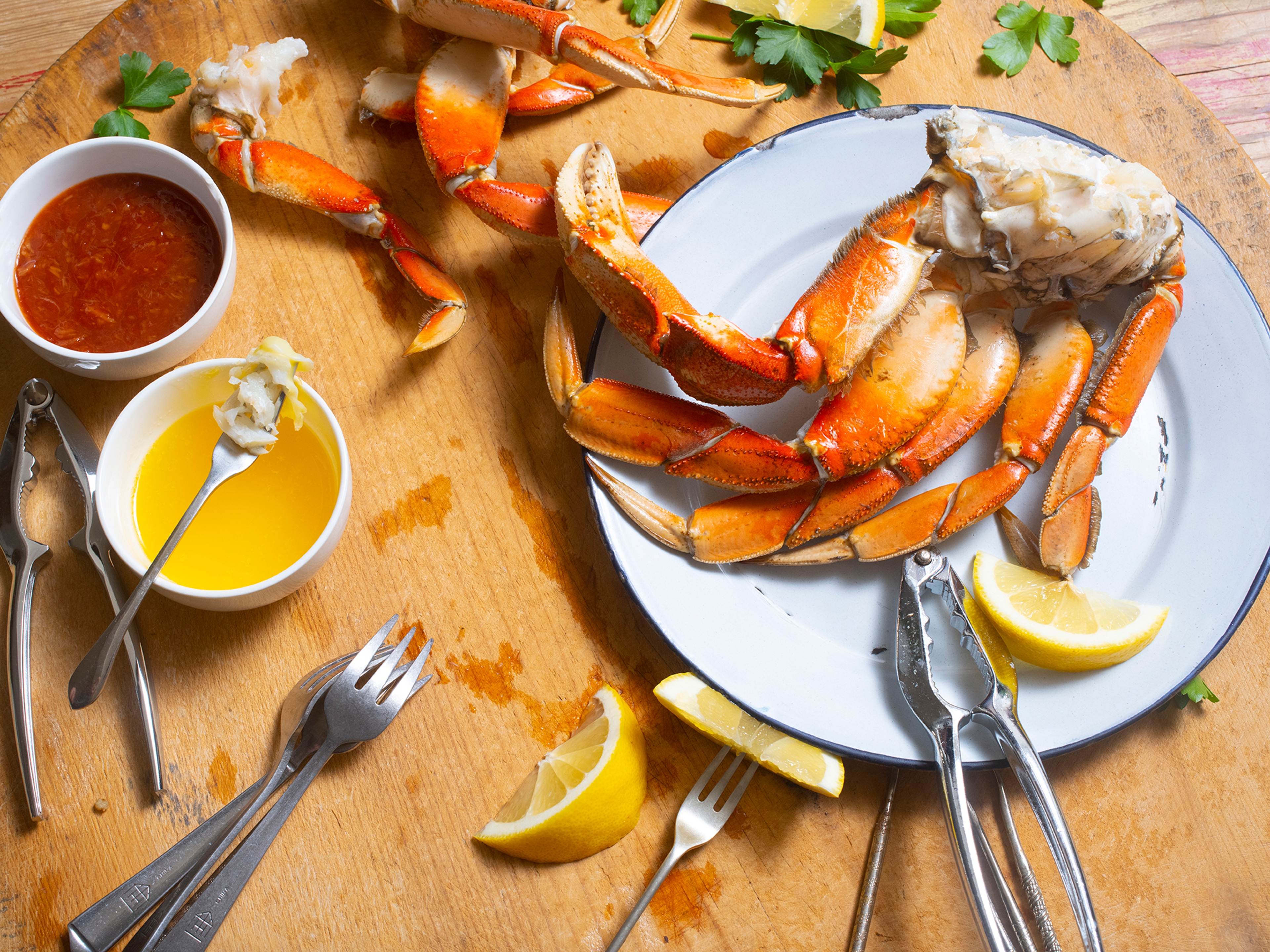Frozen Fish: Why It's Tastier and Better for the Planet
Fresh seafood tastes worse and has a larger carbon footprint than fish that’s flash-frozen. Can pandemic-forced changes finally shift supermarket choices?
Apr 29, 2021
The fresh fish industry faces a growing chorus of criticism from chefs and scientists alike. Studies increasingly show that fresh, never-frozen seafood is not just worse for the environment, it also doesn’t taste as good and leads to immense waste as roughly half of it is ultimately discarded.
Now, sweeping industry shifts catalyzed by the pandemic could finally help drive long-term change in the seafood section of your local supermarket.
How seafood is shipped
After seafood is caught, it’s either canned, packed on ice to be sold “fresh” to consumers, or quickly flash-frozen for long-term preservation. Flash freezing technology has made major advances in recent years. For example, at Vital Choice, our flash-frozen fish takes just minutes to freeze solid, locking in flavor.
Meanwhile, fresh seafood preservation remains largely the same as it’s been for generations. Once chilled to just above freezing, suppliers race the clock to get their products to restaurants and markets all around the world. Even on ice, fish starts to degrade quickly. That forces fresh seafood suppliers to fly their products to consumers, wherever they are in the world. Seafood from Chile gets flown all the way to China. And fresh-caught Alaskan salmon can be found on menus up and down the Atlantic coast.
The practice has come under scrutiny as younger generations grow increasingly concerned about the food industry’s environmental footprint, which accounts for about one-third of global greenhouse gas contributions. One kilogram of flown-in fish can contribute 10 to 20 times its weight in CO2 to the atmosphere by the time it reaches a dinner plate.

(Vital Choice processes much of its fish in the Pacific Northwest, near where it's caught, and purchases carbon offsets to cover its shipping, which is nearly via ground.)
That extra-large fresh-fish carbon footprint is a major downside for a product that’s often an otherwise environmentally friendly choice. Seafood typically has the smallest environmental impact by far among animal proteins, researchers found in a 2019 report from the EAT-Lancet Commission on Healthy Diets From Sustainable Systems.
Tasters agree, frozen is best
Of course, it’s not surprising that flying fresh fish across the planet has an enormous carbon footprint. But some consumers may be surprised to learn that all that effort is actually worse than useless. Double-blind taste tests show that flash-frozen seafood, thawed just before cooking, actually tastes better than seafood that’s been packed in ice or thawed and displayed in your grocery store for prolonged periods.
Back in 2016, Oregon State University researchers conducted a sweeping survey that had consumers sample flash-frozen salmon, cod, tuna and scallops alongside their fresh counterparts. The study, which relied on blind taste tests, revealed consumers consistently judged the flash-frozen seafood as superior.
A scientific analysis done on the food backed up their taste buds. Researchers used low-voltage conductive testing to determine relative quality. High-quality fish have intact cells that conduct current less readily than lower-quality fish with cells that have broken down and released fluid. By this measure, the flash-frozen fish was indeed better quality.
It’s not just fish, either. Many frozen fruits and veggies have been found to be healthier and better tasting than fresh produce that’s been sitting out just a few days.
So, why are people still eating poorer quality fish flown halfway around the planet on airplanes? It all boils down to consumers’ perceptions and retailers’ fears. Chefs often favor farmed salmon because it’s available "fresh" year-round, even though frozen wild salmon often tastes better and is both nutritionally and environmentally superior.
Some consumers may also recall eating bad frozen fish. Freezing is a superior method of preservation but it can’t rescue poor quality fish, which was, and is, commonly found in the freezer case of budget-priced grocery stores and restaurants. Those who have a bad experience with such products may mistakenly ascribe it to freezing rather than the fact the product was inherently low-quality.
COVID’s impact on the seafood industry
But the pandemic may have helped consumers understand and embrace the benefits of frozen fish.
When lockdowns started in March of 2020, consumers cleaned out the frozen and canned meat sections at local supermarkets. Many people also went online and stocked up further. And as shoppers shifted toward online groceries and home delivery, they were introduced to frozen and canned foods they may not have embraced in the past.
Meanwhile, the traditional purchasers and supply chains for fresh fish were disrupted. With few people flying, it became more expensive to send fish in airplane cargo holds around the planet.
The COVID-19 pandemic’s lockdowns forced the closure of many public fish markets worldwide. That reduced the amount of fresh fish distributed and may have contributed to more consumers sampling frozen fish – and finding they prefer it. Demand also dropped dramatically. Historically, the hospitality industry has been one of the biggest purchasers of fresh seafood. With few dining in at restaurants, there was less demand. In many cultures around the world, seafood also plays a central role in annual festivals and seasonal celebrations. As those events were cancelled, it further reduced demand for fresh seafood flown in from foreign fisheries. Many public fish markets closed, too.
At the same time, the demand for shelf-stable and fresh-fozen seafood remained high enough that some producers actually changed course, reducing the amount of fresh fish they distribute.
As the world opens back up following the pandemic, the demand for fresh fish will likely increase again. However, there may be another impetus to boost frozen food sales. Some of the world’s largest lenders have recently begun tying their loans to environmental, social and governance metrics, or ESGs. These standards demand that suppliers reduce their carbon footprints. So, companies that fly their fish across the Earth might struggle to find funding in the years ahead.
Already, several seafood suppliers have said they’ll stop the wasteful practices, such as relying on air transport to deliver fresh seafood.
So, the question remains: Will consumers embrace frozen fish the way they have over the past year? Only time will tell, but it seems likely that the more they become aware of the many advantages of flash-frozen fish, the more they will embrace it.







